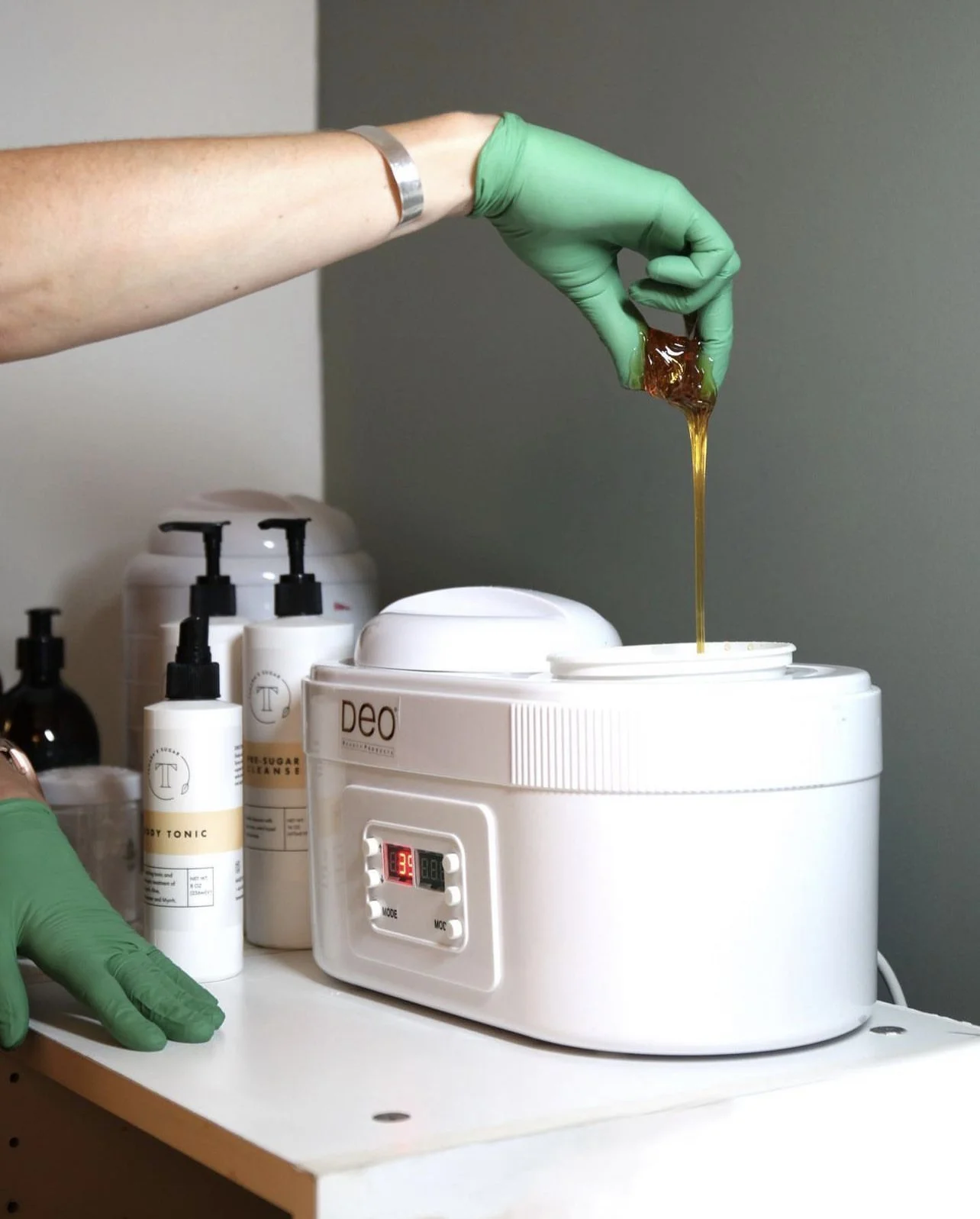When Was Sugaring Invented?
Have you ever wondered when and where the sweet magic of sugaring first began? Sugar, in all its forms, has been an essential part of human culture for centuries, delighting our taste buds and adding sweetness to our lives. In this blog post, we'll embark on a delicious journey through time to explore the origins and evolution of sugaring. So grab your favorite sweet treat, sit back, and let's uncover the fascinating history of sugaring!
Picture this: it's a warm day in an ancient civilization, and you stumble upon a mysterious, magical plant with a sap so sweet that it feels like a gift from the gods. Well, that's not too far from the truth! The history of sugaring dates back to ancient times, long before the rise of modern civilizations. The earliest records of sugaring can be traced back to New Guinea around 8,000 BC, where sugarcane was first domesticated. However, it wasn't until later that humans discovered the art of extracting the sweet nectar from sugarcane.
Fast forward a few thousand years to the Indian subcontinent around 500 BC. Here, ingenious minds found a way to squeeze the sugary goodness out of sugarcane, giving birth to what we now know as "jaggery" or "gur." Jaggery became a staple sweetener in India and quickly spread to other parts of the world through ancient trade routes. As the trade winds carried this delightful secret, the knowledge of sugaring expanded, captivating taste buds far and wide.
One of the most significant trade routes in history, the Silk Road, played a pivotal role in the spread of sugaring beyond India's borders. Merchants and explorers traversed the vast expanse of Asia, connecting the East to the West. Along this route, the sweet allure of sugaring reached the Middle East, Persia (now Iran), and eventually, the Mediterranean region.
The Middle East played a crucial role in the further refinement and promotion of sugaring. During the medieval period, Arab traders introduced sugarcane to North Africa and Spain, further expanding its reach across Europe. As a result, sugar began to appear more frequently in the diets of European nobility and the privileged elite.
The Renaissance era in Europe saw an increase in sugar consumption, but it remained a luxury reserved for the wealthy. Sugar was considered a symbol of affluence, and elaborate sugar sculptures adorned grand feasts and celebrations. These impressive creations showcased the versatility of sugaring as an art form, captivating the imaginations of all who beheld them.
The 16th century witnessed a significant shift in the production of sugar, thanks to European exploration and colonization. The Caribbean and South American regions proved to be ideal for growing sugarcane, and the demand for sugar skyrocketed. The transatlantic slave trade brought millions of enslaved Africans to work in sugarcane plantations, leading to a dark chapter in the history of sugaring.
As the world transitioned into the Industrial Revolution, advancements in technology revolutionized sugar production. The invention of steam-powered mills and refining techniques made mass production possible, making sugar more accessible to the general population. It went from being a rare delicacy to a household staple that sweetened the lives of people from all walks of life.
Today, sugaring has evolved beyond just sugarcane. The discovery of sugar beets as another viable source of sucrose in the 18th century led to a diversified sugar industry. Sugar beets now contribute significantly to global sugar production, alongside traditional sugarcane.
And there you have it - the incredible journey of sugaring through the annals of history! From its humble beginnings in ancient civilizations to the mass-produced sweetness we enjoy today, sugar has come a long way. Its story is intertwined with the rise and fall of empires, the sweetness of luxury, and the bitterness of oppression.
So, the next time you add a spoonful of sugar to your coffee or bite into a scrumptious piece of cake, take a moment to appreciate the centuries of history that led to that sweet delight. Sugaring isn't just about satisfying our taste buds; it's a testament to human innovation, exploration, and cultural exchange that continues to sweeten our lives to this very day. Enjoy your sugary treats, and may the sweet history of sugaring always remind us of the remarkable journey it has taken to reach our tables!



